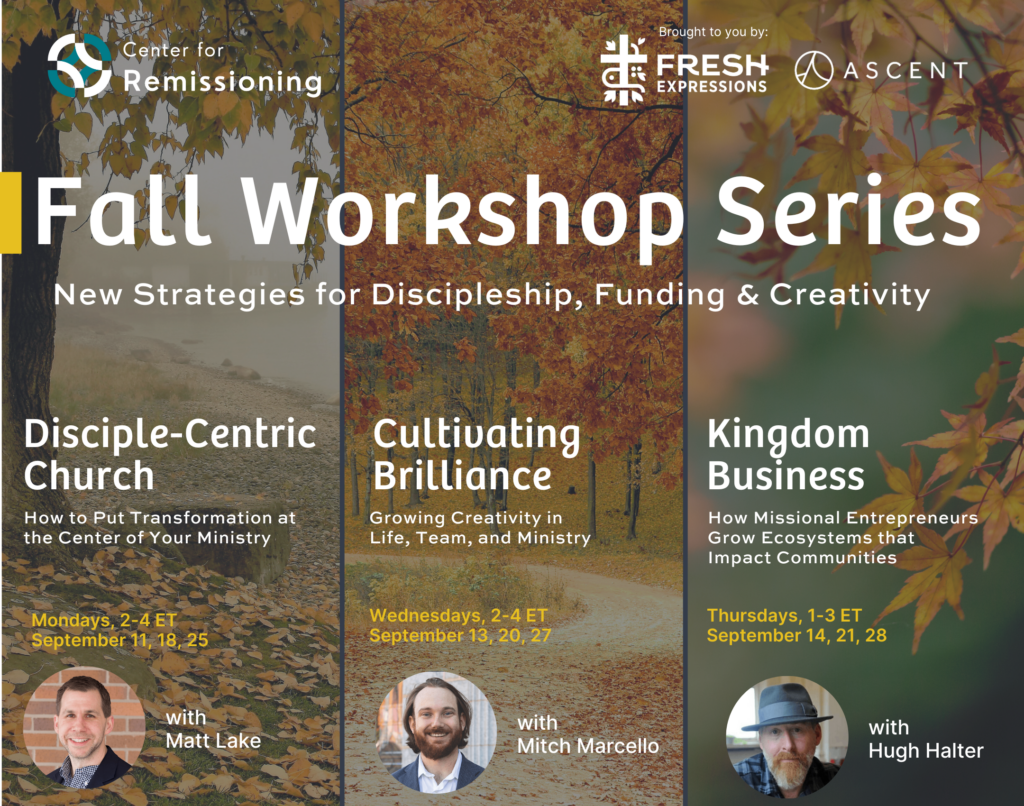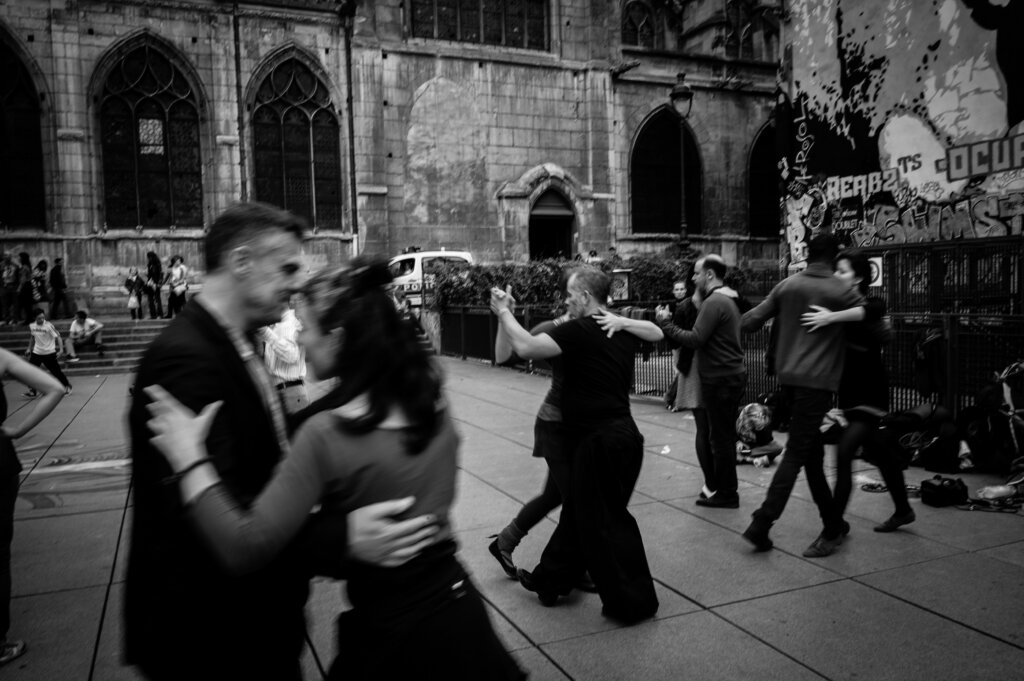When my wife Jenn and I went on our honeymoon (now more years ago than I care to admit!), we embarked on a cruise. One of the activities offered on the cruise was learning how to dance—specifically swing dancing. To say it did not go well would be an understatement. Jenn is a naturally better dancer than I. Whereas Jenn moves fluidly and in rhythm to the music, I very quickly get out of rhythm and seem to have two left feet! Thus, despite significant effort on our part, I am sad to say that with the exception of one twisting pretzel dance move (which we can still rock to this day!), we–okay I!–did not make much progress on our road to dancing competency!
One of my friends used to be a dance instructor. He has shared with me that one of the keys to good dancing is maintaining proper tension between the partners. Too much tension results in a static, structured routine with little flair, imagination, or flexibility. Too little tension results in chaos, a lack of precision, and absence of direction, and partners who have no idea what the other one is doing. But when the tension in the dance is right, a beauty greater than what each individual partner could produce ensues. There is an exquisite ebb and flow between routine and creation, or between choreography and spontaneity.
How the “One Dance Partner” Problem Affects Discipleship
When it comes to the topic of discipleship, many churches seem to have a “one dance partner” approach. Many churches have such a “loose”—informal– system of discipleship that there really is no intentionality of discipleship at all. There is no congregational discipleship pathway, no entry point to be discipled, no metrics to determine if discipleship is occurring, and no resources given specifically for discipleship purposes. The result—unsurprisingly—is a lack of intentional spiritual formation.
Other churches are very formal in their congregational discipleship system. They have a very rigid, programmatic, yet often sterile approach to discipleship. There may be a clearly defined discipleship pathway for the congregation, but it is often little more than helping individuals join as official members and volunteers of the congregation while perhaps taking a few spiritual gift inventories along the way. The focus tends to be on information received rather than a shared, experiential, formational discipleship opportunity. Often times the heavily programmatic approaches to discipleship involve excessive content shared, but little focus on practice or mentorship. Thus, the result more often than not tends to be the raising up of competent, institutional church volunteers, but not disciples.
The result of either of these congregational, “one dance partner” approaches is essentially the same—a lack of genuine discipleship. One of the gifts that the pandemic has produced is a renewed focus on discipleship. The pandemic has pulled back the curtain in a stark way on the sheer lack of discipleship going on in most local congregations. Many local churches are now beginning to realize that what they had been producing were institutional volunteers rather than disciples on mission and sharing in the fullness of the Kingdom of God.
Jesus’ Formal and Informal Approach to Discipleship
A definition of discipleship that I find helpful is this one: “A disciple is someone who is actively following Jesus, being transformed by Jesus, and is committed to the mission of Jesus (Matthew 4:19).” I appreciate this definition because it is both experiential and intentional at the same time.
When we look at the life of Jesus, we see there were times that he offered a more formal approach to discipleship. Jesus taught in the synagogue area (Luke 4:15-21), preached the Sermon on the Mount sermon (Matthew 5-7), and engaged in public scriptural exploration (Matthew 21:42).
Jesus spent significant time teaching his disciples with great intentionality. But nowhere in scripture do we ever see or hear Jesus instructing His disciples to take out their pencils and tablets in order to correctly answer all of the formalized test questions that Jesus was about to ask. Instead, Jesus often taught and formed His disciples through more informal means of discipleship.

For example, we see informal forms of discipleship when Jesus entertained questions from his disciples (Matthew 13:10), ate with his disciples and whoever else was around (Mark 2:15), and engaged in intimate prayer with his disciples (John 17:6-19).
Informal discipleship is powerful and needed because it involves the application of discipleship practices in real life as it is modeled from the teacher to the students. However, informal discipleship requires great intentionality on the part of those who would seek to do life together. If not careful, a focus exclusively on informal discipleship can lead to a lack of intentionality that becomes haphazard in the formation of discipleship. Some churches only live into informal discipleship without any formal, congregational discipleship pathway. The risk for these churches is that there is no corporate approach to fostering discipleship. Discipleship becomes driven primarily by individuals almost in a vacuum from the connection with larger church.
Somehow, Jesus seamlessly wove the strengths of formal discipleship with the advantages of informal discipleship to produce a resilient discipleship among his followers.
Whereas formal discipleship tends to focus more on orthodoxy, or “right thinking”, informal discipleship focuses more on orthopraxy, or “right practice.” Whereas formal discipleship tends to be more organized in nature, informal discipleship is more decentralized. Whereas formal discipleship is more structured, informal discipleship is more messy. The point here is not that one is better than another. The point is that a right tension between both layers of formal and informal discipleship is needed in order to adequately foster a healthy dance of discipleship for the day and age in which we live.
Focusing on Discipleship
In an age where more “sexy” church topics such as powerful preaching, dynamic leadership, and dazzling marketing often take center stage, a focus on discipleship can seem tame or even boring by comparison. And yet, we will never experience healthy, vital churches without healthy, vital discipleship. We must once again learn the dance of discipleship while engaging both the formal and informal partners with the right amount of tension and flexibility. When we do this, we realize the beauty of this discipleship dance can be learned by anyone.
What would it be like to once again discover both of these formal and informal dance partners in our quest for authentic discipleship in our local churches? Might we learn to dance in a way where our discipleship is more than a program and more than individual initiative? Might we learn to dance with Jesus as we actively follow Jesus, while experiencing transformation in Jesus, and bringing others into the mission of Jesus?
That is a dance I want to keep learning. In our local setting we are slowly but surely doing our best to learn this discipleship choreography. It is challenging and exhilarating all at once. And it is a dance I want to keep experiencing and improving upon. I hope you do too.
Let’s dance!
You can learn how to Put Transformation at the Center of Your Ministry with Discipleship beginning in September.


